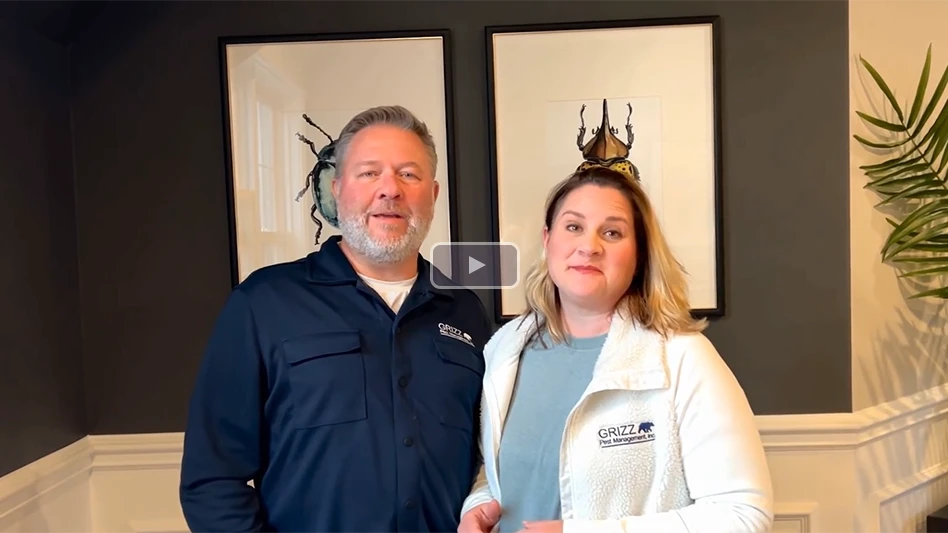Dark-eyed fruit flies may be a little tougher to control than regular fruit fly infestations. This makes it important to diagnose these flies properly, especially in health-related accounts such as nursing homes and hospitals.
A sample came through my office recently of what I diagnosed as a dark-eyed fruit fly. PMPs report that this larger cousin of the red-eyed fruit fly is becoming more common in commercial kitchen accounts.
There are multiple species of what may be called dark-eyed fruit flies, but unfortunately there are no good online taxonomic keys geared toward the pest control industry. Names of dark-eyed fruit flies that one hears bandied about include Drosophila repleta, D. hydei and D. robusta.
Fruit flies are generally smaller than phorid flies, but the dark-eyed variety is about the same size as a phorid and more likely to be confused with this pest. Phorid flies are hump-backed in appearance with wide femurs (segment next to body) on the hind pair of legs. The slender arista (final antennal segment) of the fruit fly is feathery (plumose) in the fruit fly and is not in the phorid fly.
I have no idea what species I have in hand, but there does seem to be a significant difference in breeding sites between the common red-eyed fruit flies (Drosophila melanogaster and D. simulans) and these so-called dark-eyed fruit flies.
According to Gerry Wegner, with Varment Guard Environmental Services in Columbus, Ohio, dark-eyed fruit fly species occur more frequently in and around floor drains, under cracked or broken floor tiles, under and around cove tiles at wall edges, and sometimes in the dirty feet of kitchen equipment.
According to Eric Smith, with Dodson Pest Control in Lynchburg, Va., the different species of dark-eyed fruit flies appear to be similar from a pest control perspective. Dark-eyed species tend to be more visible because of their larger size and their behavior of resting out on walls and vertical surfaces. They also breed in more highly deteriorated organic matter than their smaller cousins. Bacterial drain cleaners (such as Smith’s favorite: InVade Bio Foam) applied to drains repeatedly will clean up the organic matter that these flies feed on. Dodson technicians are generally successful with three foam applications per month in tough accounts, he said.
A Google search brought me to a post on a chat site for Drosophila enthusiasts at bio.net. There, Drosophila researcher Hampton Carson of the University of Hawaii at Manoa noted that repleta has some distinct biological preferences for breeding sites. He recommends that PMPs include rest rooms, and particularly urinals, in their IPM inspections. Some of repleta’s relatives (e.g., D. mercatorum) are carrion feeders. At least two species, D. repleta and D. robusta, are sometimes pests of poultry houses and attracted to manure. According to Wegner, this might explain the reported success of moist cat food as an attractant for some of the dark-eyes species.
Dark-eyed fruit flies may be a little tougher to control than regular fruit fly infestations. This makes it important to diagnose these flies properly, especially in health-related accounts such as nursing homes and hospitals.
The author has been an entomology specialist for Texas AgriLife Extension since 1989. Readers can contact him via e-mail at mmerchant@giemedia.com.

Explore the June 2010 Issue
Check out more from this issue and find your next story to read.
Latest from Pest Control Technology
- Webinar: ActiveGuard Will Positively Impact Your Bottom Line
- MGK Announces EPA Registration of Botanical Active Ingredient Veratrine
- Termite Control Sales Strategies
- NPMA Announces ELP Class of 2025
- Termite Control Tools and Equipment for PMPs
- Choe Reviews Drywood Termite Geographical Hotspots, Latest Research Findings
- Mosquito Squad Announces Rebranding to Mosquito Squad Plus
- Pest Control Equipment: If it’s Critical, Back it Up!





